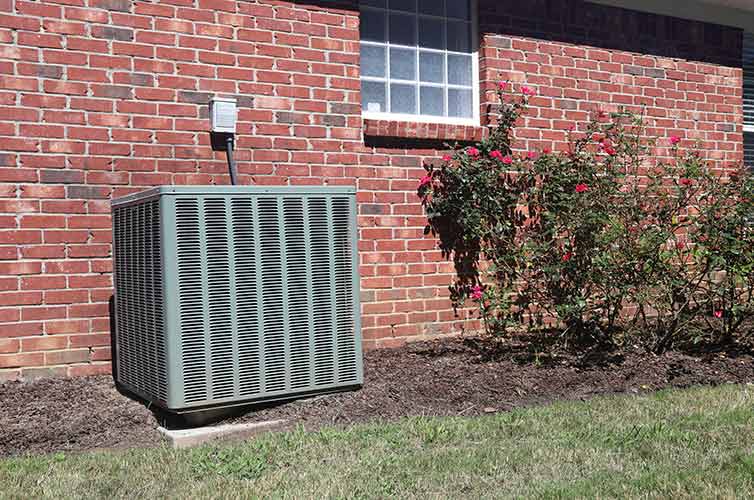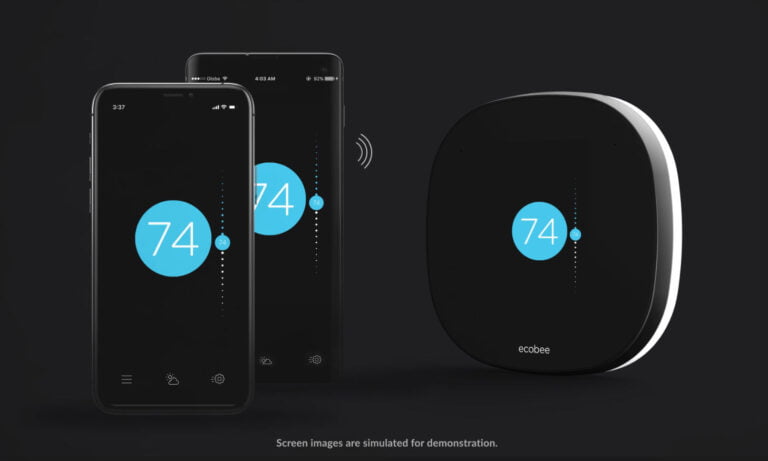What size HVAC system do I need and Why Does it Matter?
Let’s talk about something super important: HVAC size. If you’ve ever wondered why some rooms feel too cold while others are too hot, or why your energy bills are skyrocketing, the size of your HVAC system might be the culprit. Let’s dive into the hows and whys of sizing it right!
HVAC Sizing: Not a One-Size-Fits-All Deal
Just like you wouldn’t buy a one-size-fits-all t-shirt (because we all know it doesn’t always “fit all”), the same goes for HVAC systems. Too big or too small can cause problems. But how do the pros determine the right size?
The Golden Rule: Calculations, Calculations!
Here’s the nitty-gritty: professionals use something called a “Manual J Load Calculation”. Sounds technical, right? Simply put, it’s a formula to figure out how much heating or cooling a home needs. This takes into account:
- Your Home’s Square Footage: The bigger the home, the more power you might need.
- Insulation: Good insulation can reduce the need for a bigger unit.
- Windows: The size, quality, and direction they face can influence the home’s temperature.
- Your Home’s Layout: Aha! Here’s where one story vs. two story comes into play. Heat rises, so two-story homes might need different considerations than their one-story counterparts.
The Dangers of Wrong Sizes
Now, let’s talk about why size matters:
Over-sizing: Too Much of a Good Thing
- Costs More Upfront: Larger units can be pricier.
- Short-Cycling: This means the system turns on and off frequently, wearing out components faster and failing to maintain consistent temperatures.
- Higher Utility Bills: It uses more power to start up often, which can bump up those bills.
- Uneven Temperatures: Some rooms can become too cold or too hot.
Under-sizing: The Little System That Couldn’t
- It’s Always Running: This can wear it out faster.
- Higher Utility Bills: Constantly being on uses more energy.
- Can’t Keep Up: On super cold or hot days, an undersized system might not be able to maintain the desired temperature.
What About Those Different Home Styles?
A one-story home spreads out across a larger footprint, often requiring ducts to stretch farther, which could influence system size. Meanwhile, with two-story homes, since heat rises, the upper floor might get warmer than the lower floor. This means a well-planned zoning system might be beneficial, with separate thermostats for different levels or areas.
In Conclusion: Trust the Pros
Look, HVAC sizing isn’t DIY territory. It’s a blend of art and science. While it’s great to have an understanding of why the right size matters, leave the calculations to the pros. They’ll factor in all the variables to ensure your system runs efficiently, keeps you comfortable, and doesn’t hit you with sky-high energy bills.
Remember, when in doubt, reach out to a Carrier factory authorized HVAC professional. They’re trained to get these things right, ensuring your home’s comfort for years to come. Stay cool (or warm) out there! 😉








